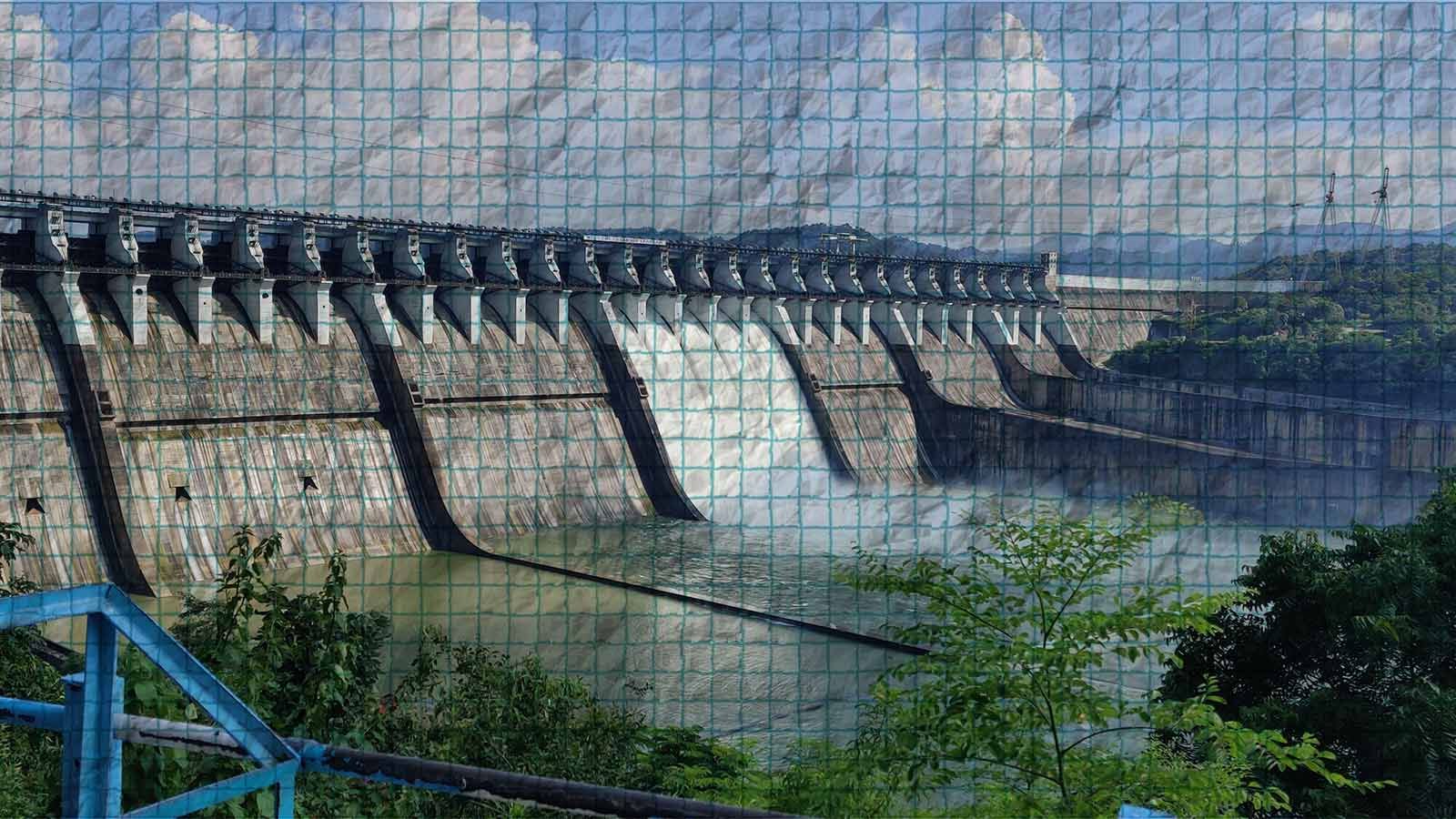India must analyse the costs versus benefits of its ageing dams, and conduct timely safety reviews in order to ensure safety of the structures, and the safety of those who inhabit the areas downstream

India has 4,407 large dams of which more than 1,000 would be 50 years or older by 2025, a new study has shown.
Older dams pose greater safety risks, cost higher in terms of maintenance and have declining functionality due to sedimentation, stated a study by the Canada-based United Nations University Institute for Water, Environment and Health, released in January. Climate change is also likely to accelerate the ageing of dams, it said.
India must conduct a cost-benefit analysis of its ageing dams, and conduct timely safety reviews in order to ensure their operational and ecological safety, as well as the safety of those who inhabit the areas downstream, experts told IndiaSpend.
Key findings
All over the world, many large dams built in the 20th century may start to show signs of ageing, and many may already be operating at or beyond their design life, the study said. For India, 2025 is set to be a big year as more than 1,000 dams would turn roughly 50 years or older.
Fifty years is not a defining age for all dams because the design life also depends on factors such as construction and maintenance, the study said, adding that a well constructed and well maintained dam can go up to a 100 years. However, 50 is roughly the age when a dam may begin to show signs of ageing. In some cases, dam components such as gates and motors may need to be replaced after 30 to 50 years.
Therefore, an assessment of the structure should be carried out, and, if needed, the dam should be decommissioned, states the study.
No comments:
Post a Comment